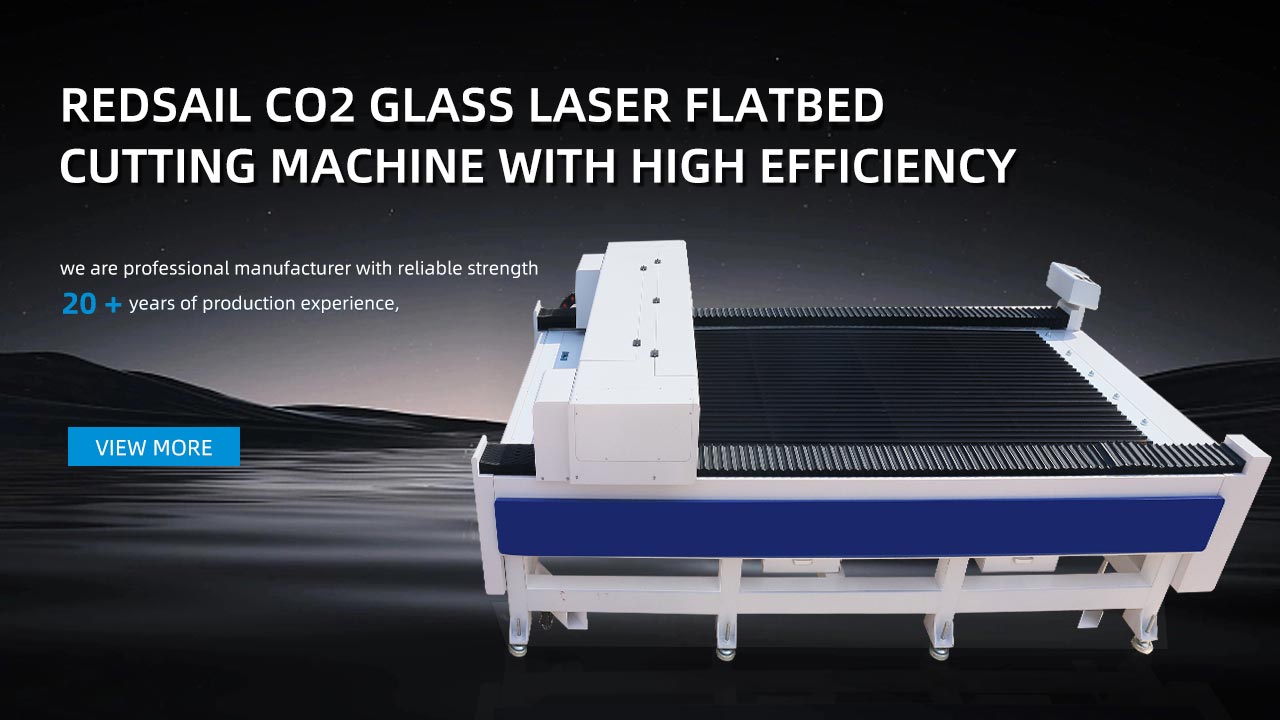How Does a CO2 Laser Cutter Work? Unveiling the Mechanics Behind
Introduction
A CO2 laser cutter is a powerful machine that uses laser technology to cut various materials with high precision. It is widely used in industries such as manufacturing, sign-making, prototyping, and more. Understanding how a CO2 laser cutter works can provide valuable insights into its mechanics and applications.
Principles of Operation
A CO2 laser cutter operates based on the principles of optics and thermal energy. It utilizes a carbon dioxide gas mixture as the laser medium, electricity to excite the gas molecules, and mirrors to direct the laser beam towards the material being cut.
The Laser Medium
The laser medium in a CO2 laser cutter is a mixture of carbon dioxide, nitrogen, and helium gases. These gases are stored in a sealed chamber within the laser cutter and are excited by an electrical discharge, usually by passing a high voltage current through them.
Excitation
When the electrical discharge energizes the gas molecules in the laser medium, they become “excited” and reach a higher energy state. This excitation is temporary, and the molecules will eventually return to their lower energy state, releasing the excess energy in the form of photons.
Photon Emission
As the excited gas molecules return to their lower energy state, they emit photons. These photons have specific wavelengths and characteristics that make them suitable for cutting various materials. In the case of CO2 lasers, the emitted photons are in the mid to far infrared range, typically around 10,600 nanometers.
Mirrors and Beam Delivery
To direct the laser beam towards the material to be cut, a series of mirrors inside the CO2 laser cutter are used. These mirrors reflect and focus the laser beam as it travels from the laser medium to the cutting head. The final mirror directs the beam through a focusing lens onto the material, ensuring maximum energy concentration for precise cutting.
Material Interaction
When the laser beam interacts with the material, it quickly heats the surface. The intense heat vaporizes or melts the material, while the high energy concentration ensures minimal heat transfer to the surrounding area. This process allows for clean and precise cuts without excessive thermal damage.
Motion Control
For intricate cuts or patterns, CO2 laser cutters utilize motion control systems. These systems, often computer-assisted, move the material or the cutting head along pre-defined paths. By precisely controlling the movement, the laser cutter can create intricate designs and shapes with high accuracy.
Applications of CO2 Laser Cutters
The versatility of CO2 laser cutters enables their use in various industries and applications. Some common applications include:
- Industrial manufacturing: CO2 laser cutters are used to cut metals, plastics, and other materials in mass production processes.
- Sign-making: They are employed to create custom logos, letters, and designs on a wide range of materials, including wood, acrylic, and metal.
- Prototyping: CO2 laser cutters excel at rapidly creating prototypes and models with intricate designs in industries such as product development and architectural modeling.
- Engraving: The precise nature of CO2 laser cutters makes them ideal for engraving intricate patterns and designs on materials like glass, wood, and stone.
FAQs (Frequently Asked Questions)
Q: How does a CO2 laser cutter differ from other types of laser cutters?
A: CO2 laser cutters specifically use a carbon dioxide gas mixture as the laser medium, while other laser cutters may employ different gas mixtures or solids as their laser mediums.
Q: Are CO2 laser cutters dangerous to use?
A: CO2 laser cutters should be operated with caution. The high-powered laser beam can cause severe burns or eye injuries if not properly managed. However, when used correctly following safety guidelines, they can be operated safely.
Q: What materials can be cut with a CO2 laser cutter?
A: CO2 laser cutters can cut various materials such as wood, acrylic, plastics, leather, fabric, paper, and certain metals.
Q: Can a CO2 laser cutter engrave materials?
A: Yes, a CO2 laser cutter can also be used for engraving purposes. By adjusting the laser beam intensity and adjusting the focal length, intricate designs and patterns can be engraved onto materials like glass, wood, and plastic.
Q: What factors determine the cutting speed and quality?
A: Several factors influence the cutting speed and quality, including the power of the laser, material thickness, material type, focus of the laser beam, and the speed at which the material or laser head moves.
Q: Can CO2 laser cutters be used on curved surfaces?
A: CO2 laser cutters are most effective on flat surfaces. However, certain models may have rotary attachments that allow cutting and engraving on curved surfaces such as bottles or cylindrical objects.
Conclusion
A CO2 laser cutter is a complex machine that operates based on fundamental principles of optics and thermal energy. Understanding the mechanics behind its operation can help professionals and enthusiasts alike harness its power for various applications. From industrial manufacturing to sign-making and prototyping, the precision and versatility of CO2 laser cutters make them indispensable tools in today’s modern industries.





